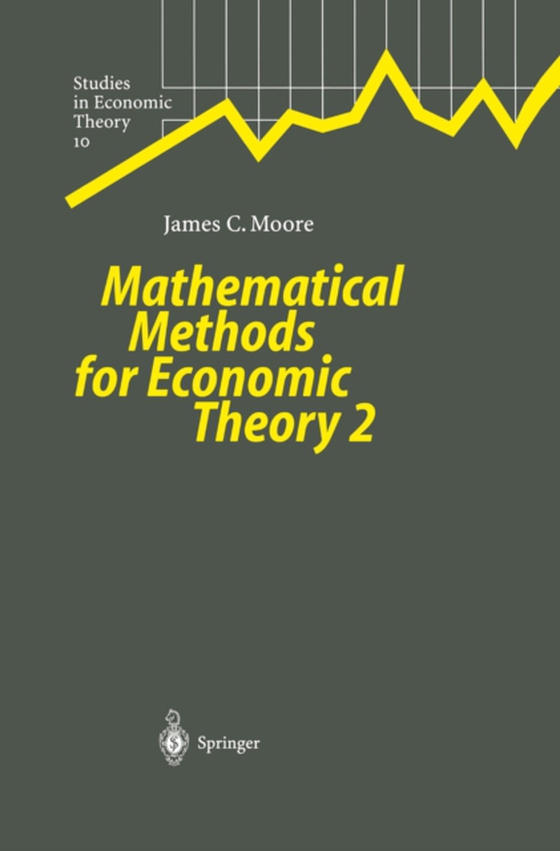
Mathematical Methods for Economic Theory 2 e-bog
546,06 DKK
(ekskl. moms 436,85 DKK)
This is the second of a two-volume work intended to function as a textbook well as a reference work for economic for graduate students in economics, as scholars who are either working in theory, or who have a strong interest in economic theory. While it is not necessary that a student read the first volume before tackling this one, it may make things easier to have done so. In any case, the stu...
E-bog
546,06 DKK
Forlag
Springer
Udgivet
14 marts 2013
Genrer
Economic theory and philosophy
Sprog
English
Format
pdf
Beskyttelse
LCP
ISBN
9783662085448
This is the second of a two-volume work intended to function as a textbook well as a reference work for economic for graduate students in economics, as scholars who are either working in theory, or who have a strong interest in economic theory. While it is not necessary that a student read the first volume before tackling this one, it may make things easier to have done so. In any case, the student undertaking a serious study of this volume should be familiar with the theories of continuity, convergence and convexity in Euclidean space, and have had a fairly sophisticated semester's work in Linear Algebra. While I have set forth my reasons for writing these volumes in the preface to Volume 1 of this work, it is perhaps in order to repeat that explanation here. I have undertaken this project for three principal reasons. In the first place, I have collected a number of results which are frequently useful in economics, but for which exact statements and proofs are rather difficult to find; for example, a number of results on convex sets and their separation by hyperplanes, some results on correspondences, and some results concerning support functions and their duals. Secondly, while the mathematical top- ics taken up in these two volumes are generally taught somewhere in the mathematics curriculum, they are never (insofar as I am aware) done in a two-course sequence as they are arranged here.
 Dansk
Dansk

